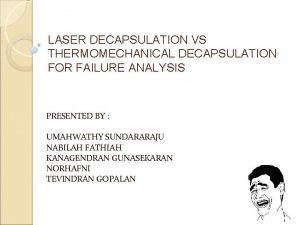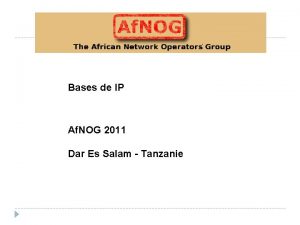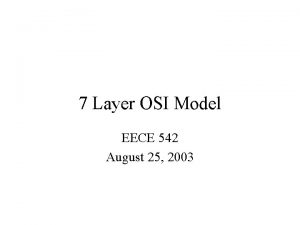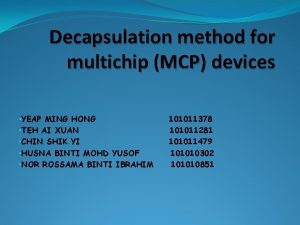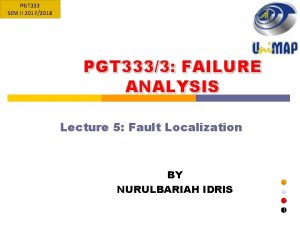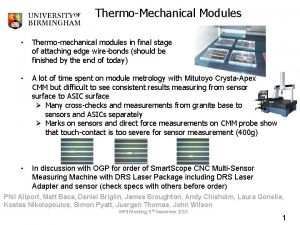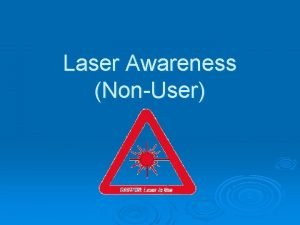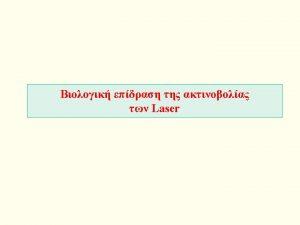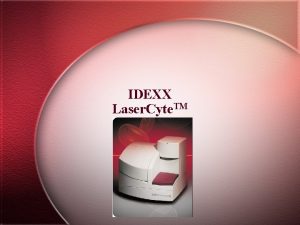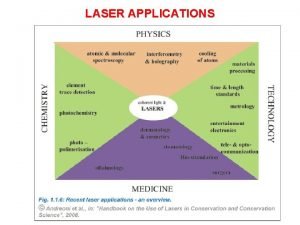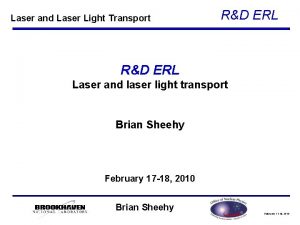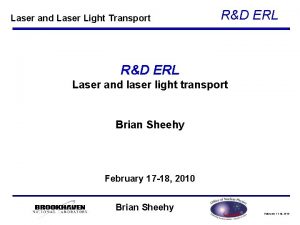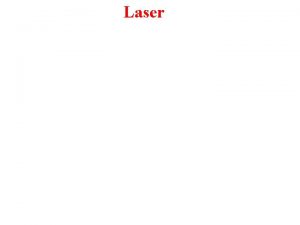LASER DECAPSULATION VS THERMOMECHANICAL DECAPSULATION FOR FAILURE ANALYSIS










- Slides: 10

LASER DECAPSULATION VS THERMOMECHANICAL DECAPSULATION FOR FAILURE ANALYSIS PRESENTED BY : UMAHWATHY SUNDARARAJU NABILAH FATHIAH KANAGENDRAN GUNASEKARAN NORHAFNI TEVINDRAN GOPALAN


INTRODUCTION • Types • What of packages? is decapsulation? • Content 1. of discussion What is laser decapsulation and thermomechanical decapsulation? 2. Operation principles 3. Advantages and disadvantages of both the techniques

LASER DECAPSULATION • Works by using a high-power laser to ablate the plastic encapsulant material away from a device • Ablate is removal of material from the surface of an object by vaporization, chipping, or other erosive processes • By vaporizing the encapsulant material instead of dissolving it, the risk of accidentally destroying or washing away a defect with decapsulation chemicals is eliminated

• Depending on the properties of the laser, the effects on the surrounding substances can be minimal. • This means that a laser can be configured to only effect that part of the chip which needs to be scoured away leaving the rest intact. No undue heat is transferred due to the speed and the short duration of the laser pulse BGA device with all resin and PCB isolation removed by laser

THERMOMECHANICAL DECAPSULATION • Use of a heated package combined with sanding techniques • A technique to break open the IC package without removing the corrosion product • Analysis of lead frame segments from a thermomechanically decapsulated may also assist in identifying the migration path of contamination

• They : are include one or more of three elements ~ reduction of package size by grinding ~ heating the mould compound, and ~ exersion of mechanical force to crack the package to separate the material.

LASER DECAPSULATION pro’s and con’s Pro’s • Much lower reject rates for Cu specimen, compared to using acid • Area specific decapsulation • Safe and environmental friendly, compared to using acid • Selective material removal with vision feedback control Con’s • Still involve a wet-etch step, since allowing the laser to drill all the way down to the die would invariably damage the sensitive circuitry • Can cause damage to bond wires and, if improperly configured, create pyrolized mold compound that is nearly impossible to remove

THERMOMECHANICAL DECAPSULATION pro’s and con’s Pro’s • No chemicals used • Quick turnaround time • Fairly reliable Con’s • Risk of sanding down too far and damaging die • Risk of cracking die during package breakup • Probably caused by applying too much pressure

Thank you Q&A?
